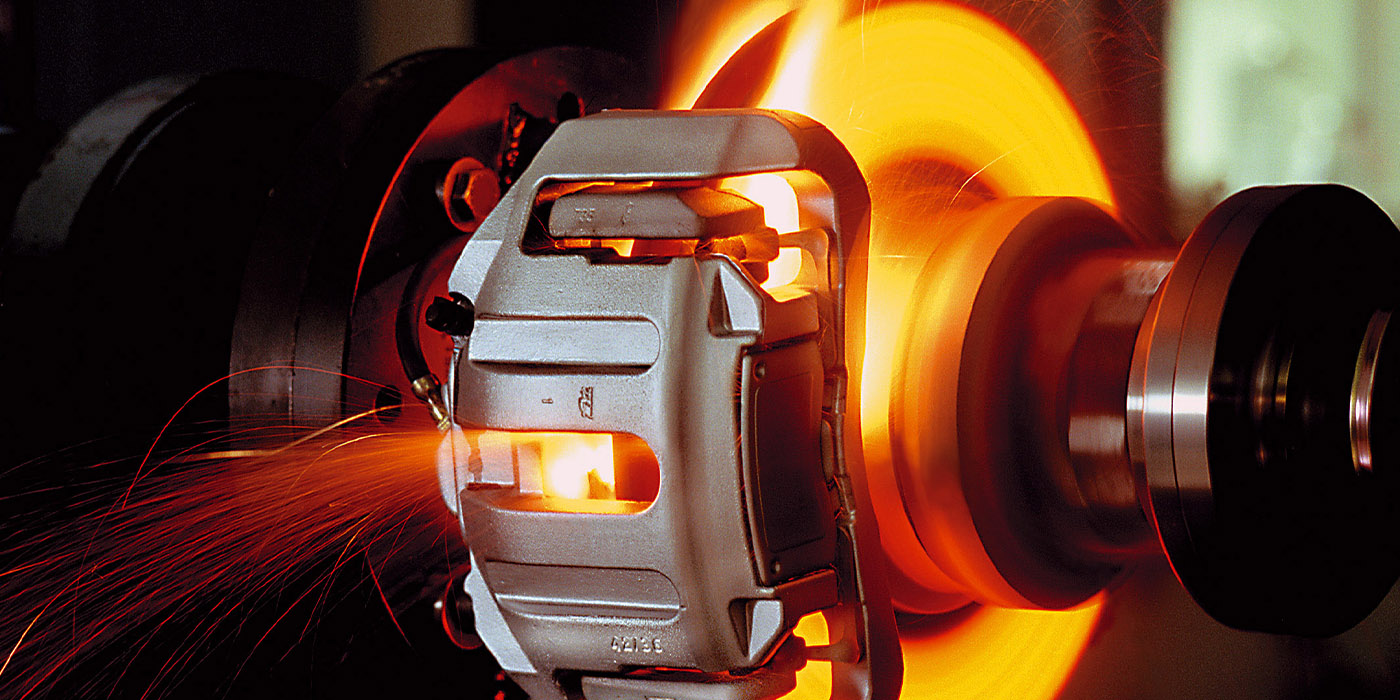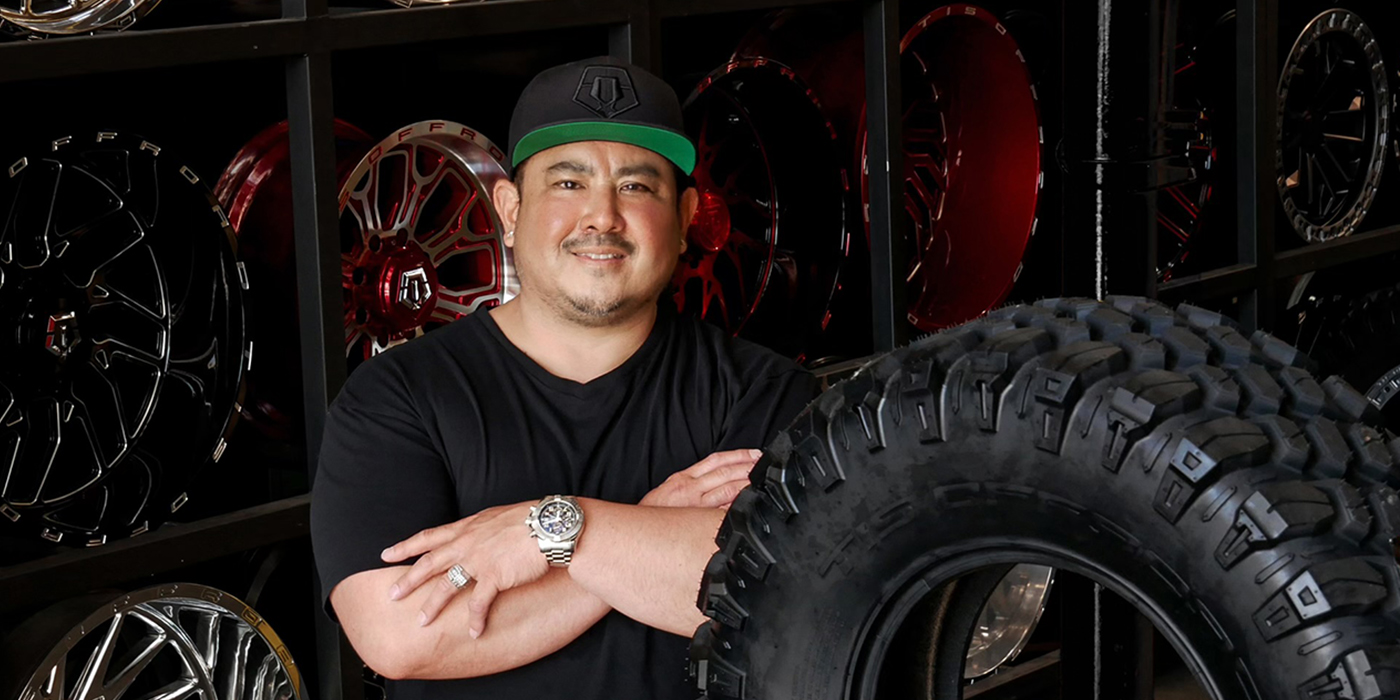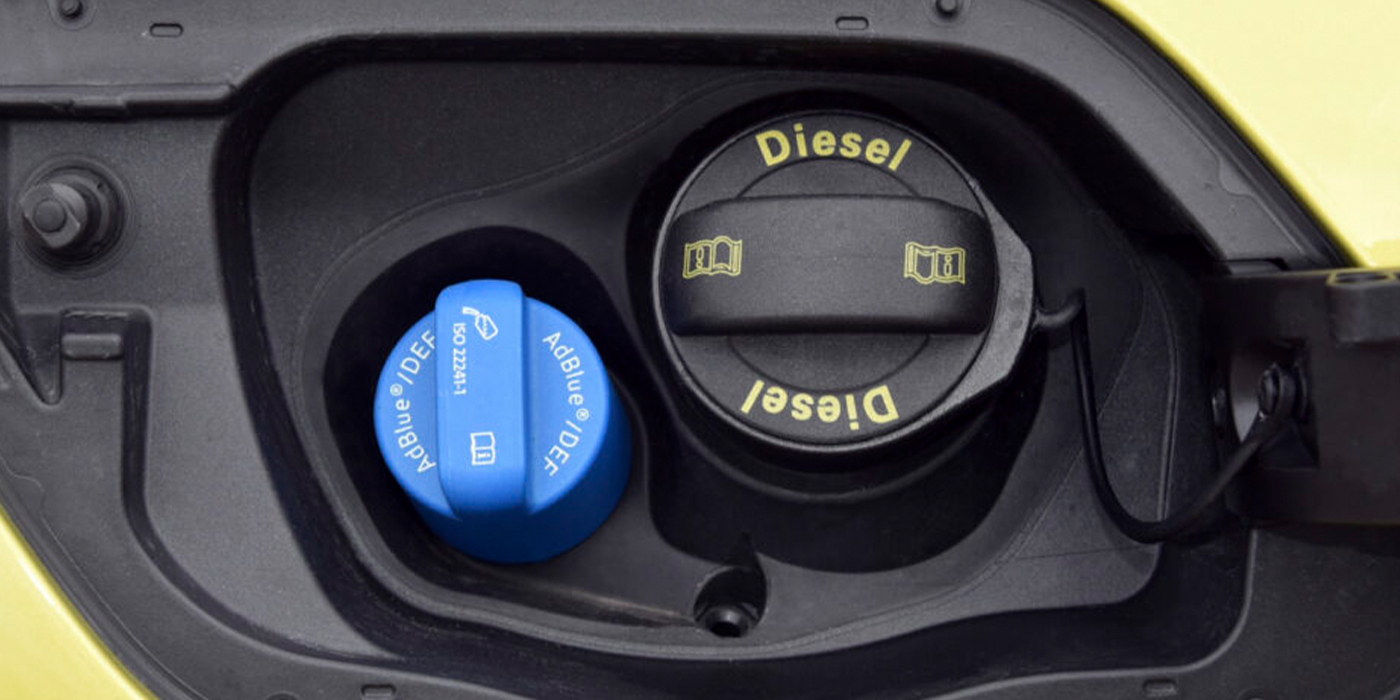By George Lucas
U.S. Learning, Inc.
 During challenging economic times, nearly everyone in the automotive service industry asks the same nagging question: “How much should I really be spending on advertising?” In truth, the answer to that question should be another question: “Are you spending or investing?”
During challenging economic times, nearly everyone in the automotive service industry asks the same nagging question: “How much should I really be spending on advertising?” In truth, the answer to that question should be another question: “Are you spending or investing?”
If you see advertising and promotion as spending, then the logical answer is to spend nothing. Advertising is a discretionary cost, not a fixed one. Regardless of the economy, you need to pay for things like electricity, water and phone service, not to mention products and employees. Advertising? When things get tight, discretionary budget items are the first to go.
If you see advertising and promotion as an investment, such a budget item is not discretionary. Investments are made to produce ROI, where the money invested generates more down the line. When things get tight, investors might trim a little but they maintain their presence.
Whether you’re just spending or taking a thoughtful investment approach, advertising should not be done wildly or blindly. With traditional media taking a beating and consumers getting beaten down by more and more inputs, it’s more important than ever to avoid the old-fashioned shotgun approach to advertising and promotion.
Today’s advertising/promotion model is a sharpshooter’s rifle, with each element tightly focused on specific targets. It takes a targeted, coordinated approach to generate sales today and build your brand for tomorrow.
Maximizing ROI
Advertising/promotion investments can be short- or long-term, depending on when you expect the returns to materialize.
In the old days, auto repair shop owners used newspaper and radio ads as short-term investments, expecting immediate gains. Phone directory ads were the long-term part of the portfolio. Most shop owners had no real advertising/promotion plan, and they had no way to assess success or failure. They had no idea if there was a net gain in sales because of their ads, if they were creating a lasting positive image in the minds of consumers, or if they were building relationships with all-new customers. They could only compare money spent on ads with sales.
Today, long-term promotional investments require an entirely different time horizon and evaluation. These promotional investments include television advertising (network and cable), local/regional magazines, website development, and the rapidly growing category of social media — twitter, Facebook, YouTube, blogs and more.
While short-term investments scream “Buy Now!”, long-term promotional investments should be made to educate consumers about products and services, elevate your shop’s image, and build a community of customers where the sharing of information and ideas is the primary focus.
Keep in mind that long-term tools don’t bring short-term results — and vice versa. If this month’s numbers are not meeting expectations, don’t expect image advertising on television, websites or social media to do the trick.
Start With a Plan
As with most successful business practices, advertising/promotional success begins with a strategic plan – at the very least, a basic business plan.
A basic business plan should include sections such as your mission statement, a strengths/weaknesses/
opportunities/threats (SWOT) analysis, target market segment(s) identification, competitive assessment and objectives for the coming year. From this, you should be able to derive specific customer groups to target — and how.
For example, one of your objectives may be to minimize shop traffic peaks and valleys. The promotions you could put against that might include targeting senior citizens for weekday morning appointments, increasing your share of female customers, or offering early-bird specials leading into the peak purchase seasons.
A shop owner’s target market(s) should be based on a number of factors, including location, vehicle type, age, gender, income, education and the aspects of a vehicle these people consider most important — safety, appearance, performance, cost of ownership, etc.
Progressive auto repair shop owners today recognize the need for two categories of target markets: maintenance and growth.
Maintenance targets are existing customers who offer little upside in terms of sales growth. In the past, there has been a tendency to take this group for granted, and this can quickly result in slippage. Ads/promos to this group should reinforce their prior loyalty, and inform them about new products or services you may have added. Many shop owners take note of the radio stations their customers have their cars tuned to when they come in for service — an important source of intelligence about their media use. Or you could chat with them at the sales counter or waiting area to get a feel for their interests, the TV shows they watch, what they read and how active they are with social media.
The growth target group is about maximizing upside. It’s all about long-term relationships with sets or sub-sets of consumers — either once-in-awhile customers or all-new buyers you’re trying to attract. These are people you can build product offerings, service mix, facility amenities and advertising around. But you need to do some investigating first.
Knowing as much as possible about growth targets will help shop owners evaluate the cost and effectiveness of the various media that can be used to communicate with these people.
With objectives and targets in place, the next question is how to generate results. Without clear objectives and targets, companies struggle to take an investment approach to advertising/ promotion and end up spending in hopes that it will do “some good.” The objectives define what you want to accomplish, and targets define what specific customer types will get you there.
It Comes Down to Value
Today, one important theme with customers is value, but it will be your customers who define that. One company may choose to promote aspects such as being a family business instills trust between your shop and the customer, allowing them to feel comfortable leaving their car with you.
Another company may decide to place emphasis on having a different look and feel to their message. To be unique, try promotions like gifts with a purchase and instant rebates. You can also use your customer information system to send e-mail follow-ups to customers and remind them of scheduled maintenance.
Shop owners should keep in mind the importance of standing out from the crowd. You have to grab their attention away from your competitors. Also, remember to keep the message simple and consistent with your products and services.
Part 2 of this article in the November/December issue will discuss Social Media, Setting Your Budget and Measuring ROI.
Dr. Lucas is an executive vice president at U.S. Learning, Inc. (www.uslearning.com) in Memphis, TN. For more than 25 years, Lucas has been a speaker, trainer, consultant and field coach. His primary areas of expertise include business-to-business negotiation skills, sales and business development, marketing strategy and leadership skills.













